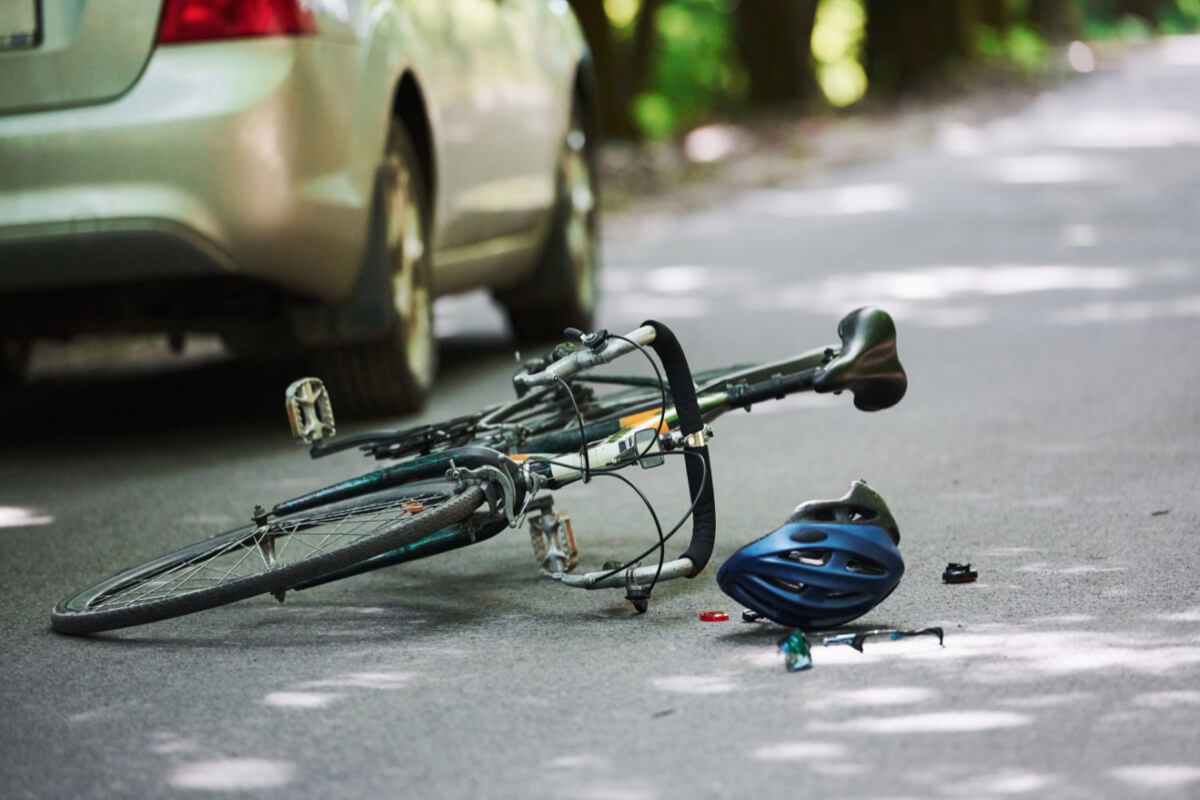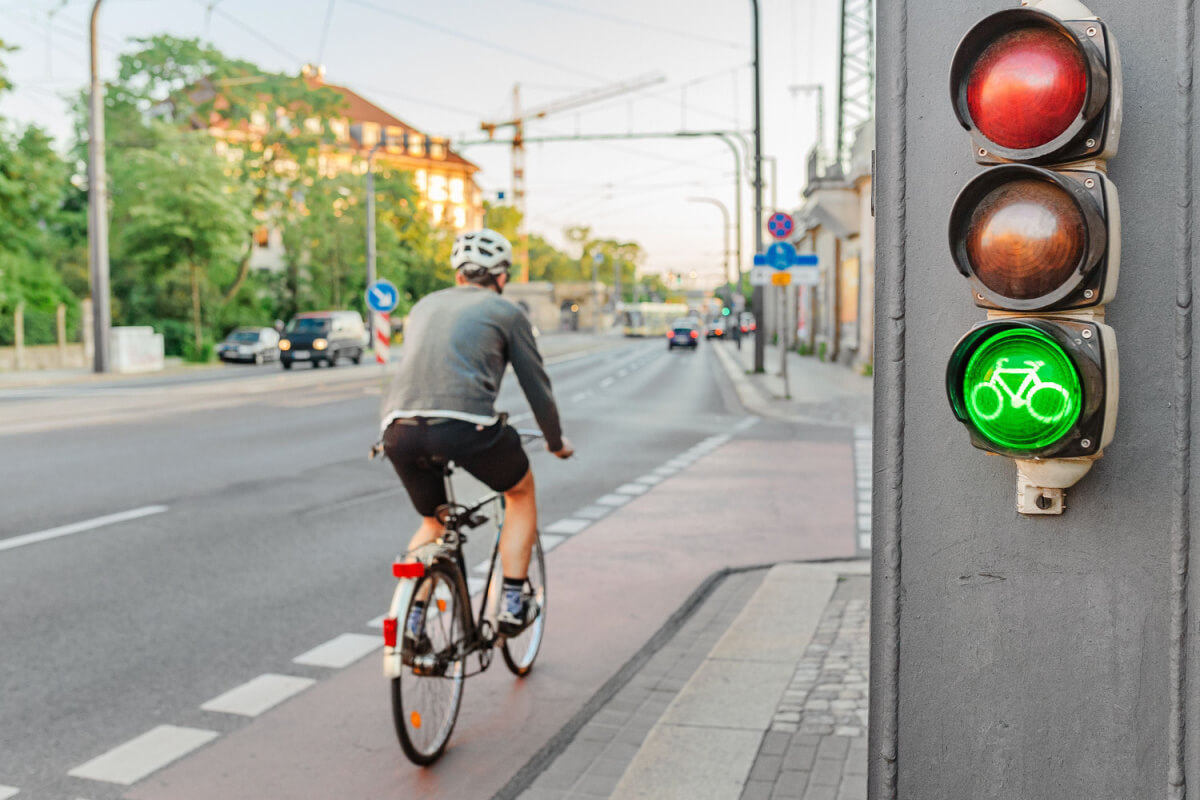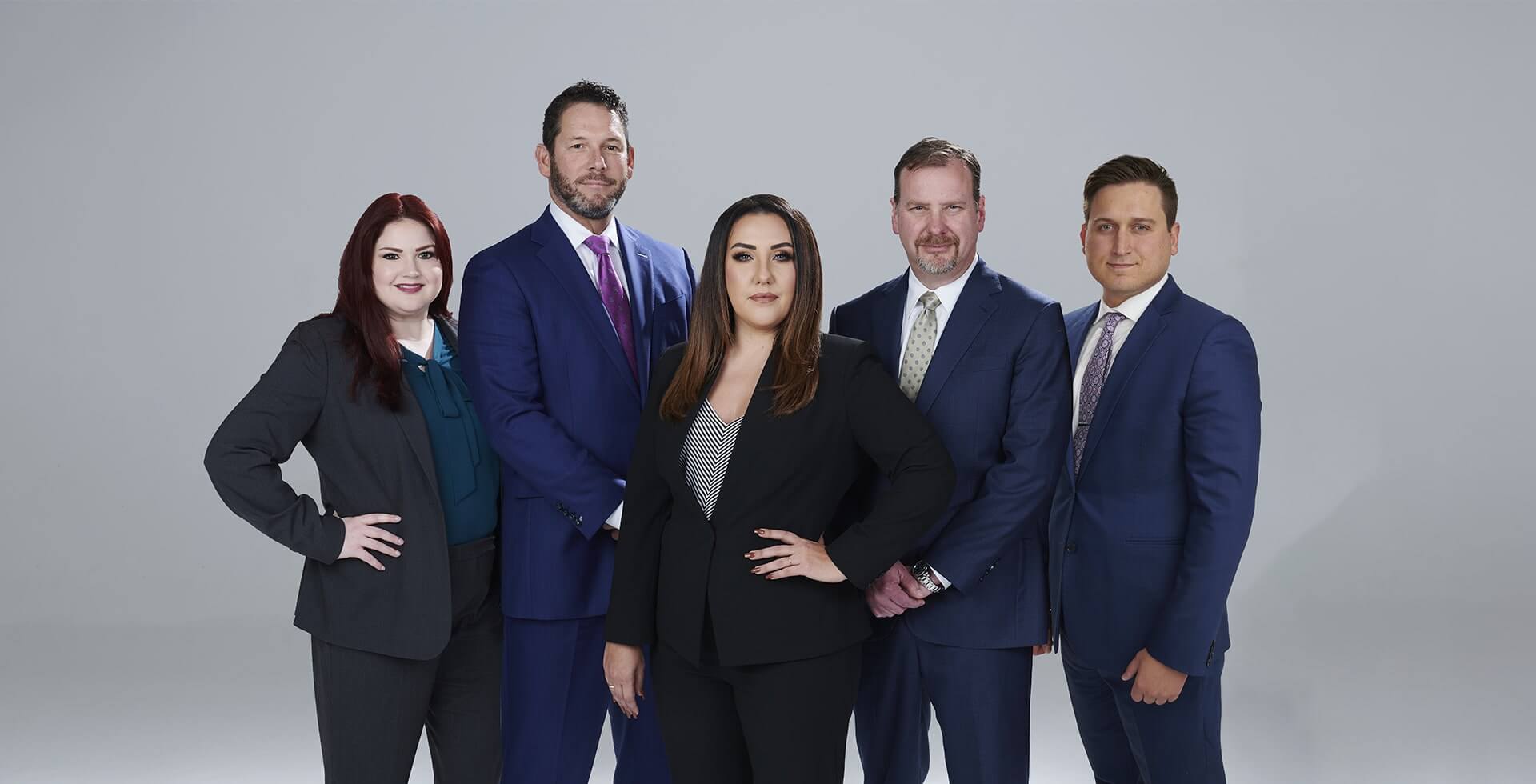
Attorney at Graves McLain Injury Lawyers Practice Areas: Car Accidents, Wrongful Death, Medical Malpractice, Dangerous Drugs

Cycling safely requires knowing the laws. Oklahoma has specific regulations for brakes, lights, signals, and local sidewalk riding that all riders should understand before hitting the roads.
| Law | Description | Penalty if Violated |
| Brake Requirement | Must have brakes able to skid wheels on dry pavement | N/A |
| Lighting Rules | White headlight and red taillight required | N/A |
| Hand Signals | Must use signals for turns and stopping | N/A |
| Helmet Rules | Only Norman requires helmets for minors | N/A |
What is the penalty for violating bicycle lighting rules in Oklahoma?
There are no stated penalties for violating bicycle lighting rules in Oklahoma. However, having proper lights is vital for visibility and safety. Riders are required by law to have a white headlight visible from 500 ft and a red taillight visible from 300 ft.
A cyclist in Amador County, CA had a frightening encounter recently, when a truck bumped them while they were out for a ride. Fortunately, the cyclist only sustained minor injuries and was able to walk away, but the truck driver didn’t even stop, so the cyclist isn’t sure if the accident was intentional or the result of a distracted driver.
After watching a video of the incident, John Poimiroo from the American River Bike Patrol urged all drivers to keep their distance. In California, it is the law that drivers must leave at least three feet of space when passing cyclists on the road. This law is designed to keep both cyclists and drivers safe and to create a greater sense of awareness while driving.
Every state has different rules and regulations, and Oklahoma is no exception. The three-foot law also applies to Oklahoma drivers and is just one of the state’s many important cycling laws. Whether you’re a serious cyclist or just a casual rider, it’s important to stay up to date on the Bicycle Laws in Oklahoma to make sure you’re cycling safely and legally.
Biking is a great way to get around and can be a lot of fun, but it’s important to remember that being safe on the road starts with being prepared. Make sure you have the proper gear and equipment before you ride and always obey the laws.
Oklahoma law requires all cyclists to have certain gear and equipment, so let’s take a look at what you need before you hit the road:
While most states have laws about helmets- usually requiring those under the age of 18 to wear a helmet, Oklahoma does not require one. This, however, does not make riding without a helmet any less dangerous. Norman is the only city that requires helmets for anyone seventeen and younger, wearing a helmet is highly recommended for everyone else.
Hand signals alert motorists to your intentions, and can be used to safely share the road. Section 11-606 of Title 47 states that all signals should be given from the left side. This may sound confusing at first, but since bicycle lanes are to the right side of moving traffic, you should signal towards the left side- regardless of whether the signal is with your right or left hand.
Here are some hand signals for cyclists to be aware of:
The Slowing Signal: Make a 45-degree angle with your left arm, and keep your arm pointed downward for a few seconds. This lets cars know that you’ll be slowing down.
Right hooks occur when a motorist driving alongside a cyclist suddenly turns right, cutting off the cyclist. This can be extremely dangerous and often results in cyclists being injured or killed.
When a motorist opens the door of their car without looking, they can put cyclists in danger.
According to Oklahoma State Statute 47-11-605, cyclists are not allowed to ride on sidewalks that are located in business districts or where signs prohibit their use. Because of pedestrians, generally, riding on the sidewalk is more dangerous than on the bike lane.
Children learning how to ride a bike should stick to the sidewalk until they’re able to keep up with other bikers.

It is important to be aware of the laws that affect you while riding. When it comes to cycling in Oklahoma, local laws can vary greatly from city to city.
It is important to understand the local laws of wherever you are riding in order to stay safe. Bicycle laws can be confusing, so familiarize yourself with them before you hit the road. Make sure you research your local laws to ensure that you are following all regulations and staying safe while cycling.
If you want to know more about the laws that affect cyclists in Oklahoma, there are some great resources available. The Oklahoma Department of Transportation has a wealth of information about cycling laws on its website. You can also check with your local government for more information.
Contact us or call us at 918-359-6600 today for a free consultation.

When injury victims need a law firm with a reputation for excellence, turn to Graves McLain Injury Lawyers. We are a top-rated personal injury firm determined to be the best. With decades of award-winning representation, our clients recover the compensation they need to put their lives back together.